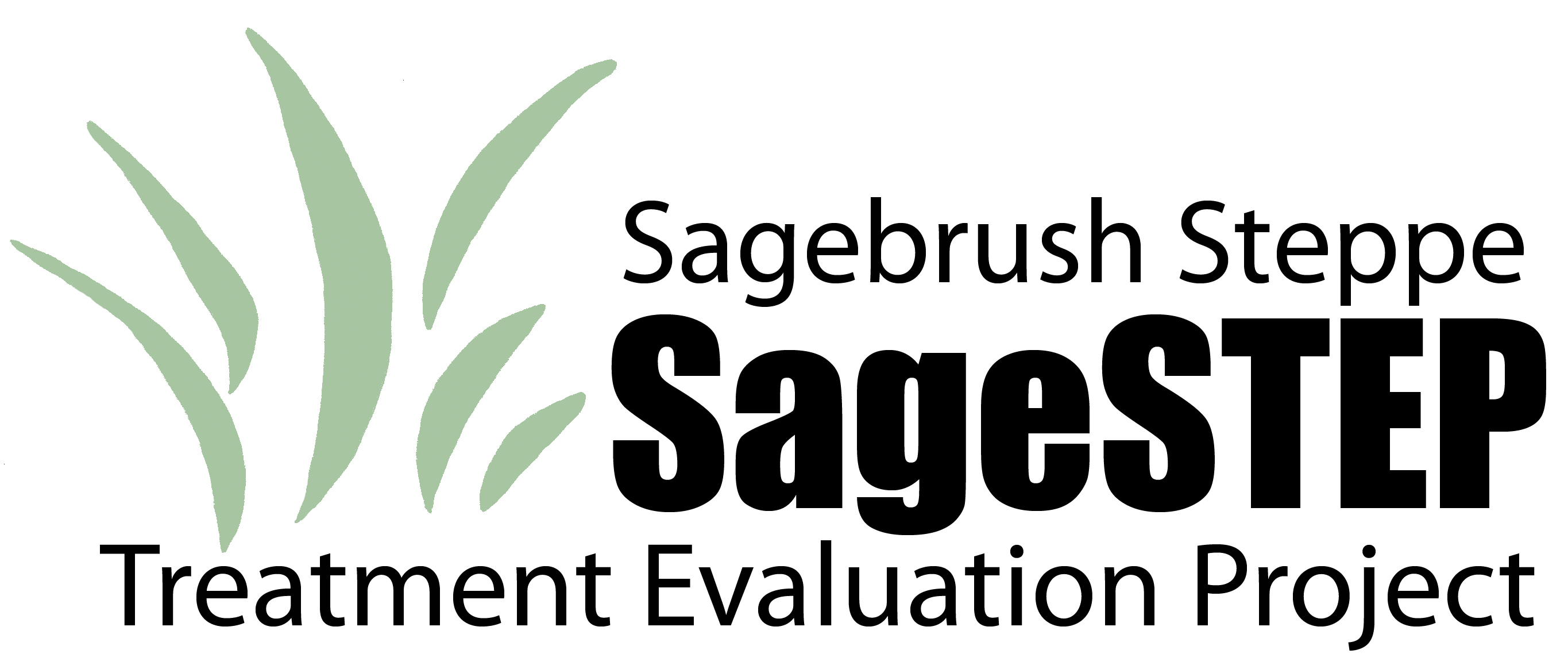Document Type
Article
Journal/Book Title/Conference
Ecology and Evolution
Volume
8
Issue
23
Publisher
John Wiley & Sons Ltd.
Publication Date
11-14-2018
First Page
11533
Last Page
11542
Creative Commons License

This work is licensed under a Creative Commons Attribution 4.0 License.
Abstract
Germination timing has a strong influence on direct seeding efforts, and therefore is a closely tracked demographic stage in a wide variety of wildland and agricultural settings. Predictive seed germination models, based on soil moisture and temperature data in the seed zone are an efficient method of estimating germination timing. We utilized Visual Basic for Applications (VBA) to create Auto‐Germ, which is an Excel workbook that allows a user to estimate field germination timing based on wet‐thermal accumulation models and field temperature and soil moisture data. To demonstrate the capabilities of Auto‐Germ, we calculated various germination indices and modeled germination timing for 11 different species, across 6 years, and 10 Artemisia‐steppe sites in the Great Basin of North America to identify the planting date required for 50% or more of the simulated population to germinate in spring (1 March or later), which is when conditions are predicted to be more conducive for plant establishment. Both between and within the species, germination models indicated that there was high temporal and spatial variability in the planting date required for spring germination to occur. However, some general trends were identified, with species falling roughly into three categories, where seeds could be planted on average in either fall (Artemisia tridentata ssp. wyomingensis and Leymus cinereus), early winter (Festuca idahoensis, Poa secunda, Elymus lanceolatus, Elymus elymoides, and Linum lewisii), or mid‐winter (Achillea millefolium, Elymus wawawaiensis, and Pseudoroegneria spicata) and still not run the risk of germination during winter. These predictions made through Auto‐Germ demonstrate that fall may not be an optimal time period for sowing seeds for most non‐dormant species if the desired goal is to have seeds germinate in spring.
Recommended Citation
Richardson, WC, Whitaker, DR, Sant, KP, et al. Use of auto‐germ to model germination timing in the sagebrush‐steppe. Ecol Evol. 2018; 8: 11533– 11542. https://doi.org/10.1002/ece3.4591



